
NBA Betting News and Insights
Get The Best NBA Basketball Bets, Analysis and News
VSIN.com has the latest news and in-depth articles covering every aspect of the NBA, from NBA odds and today's matchups to national odds and up-to-date injury reports – essential intel for informed betting decisions. Gain valuable insights to guide your betting strategies and stay ahead of the curve with our NBA Draft coverage and future player prospects. Whether you're a wagering fan or a seasoned bettor, our comprehensive resources are tailored to provide you with the NBA’s best bets. Check out the links above or get the latest articles below and start making informed NBA basketball bets.
NBA Headlines
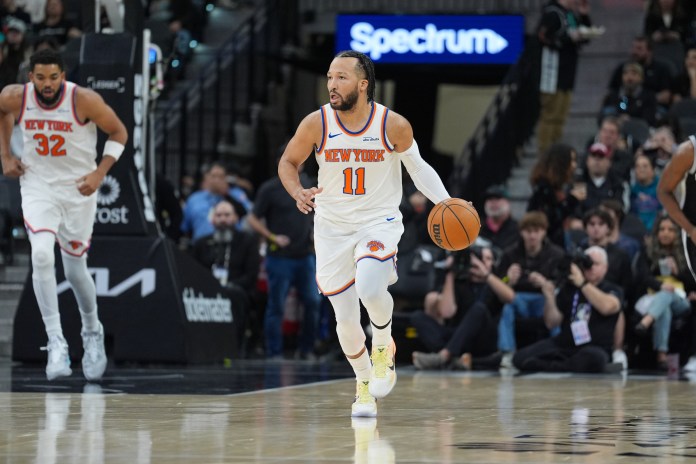
Pro NBA Picks & Predictions Today (Jan. 2): Best Bets on Sides & Totals
January 2, 2026
Every night of the 2025-26 NBA season gives us a fresh set of games and numbers to pick apart. This daily column digs into the...
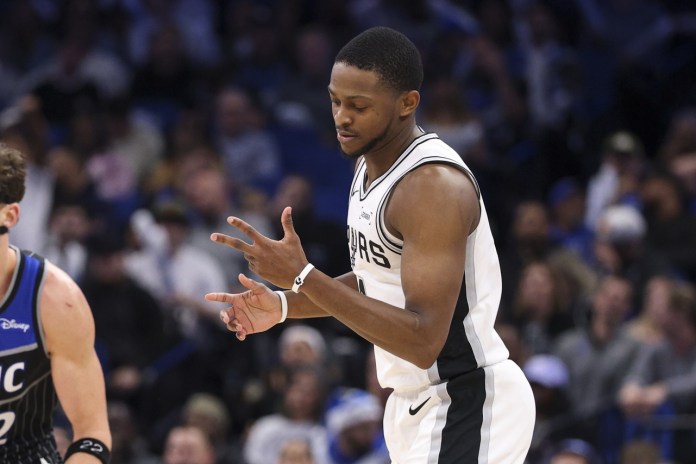
Pro NBA Player Prop Picks Today: Top Prop Bets for Friday, January 2
January 2, 2026
Player props have become one of the NBA’s most entertaining ways to bet, offering value beyond the standard spread or total. Each night, this column...

Pro Steve Makinen’s NBA Betting Trends and Best Bets for Thursday, January 1
January 1, 2026
Today’s NBA Betting Trends The following NBA betting trends are a collection of analytical data, betting systems and strength ratings featured on VSiN and qualified...

Pro NBA Predictions Today: Best Bets and Player Props for Thursday, January 1
January 1, 2026
The NBA slate for Thursday, January 1 only features five games. Normally I’d break down a slate like this with two separate articles, but I...
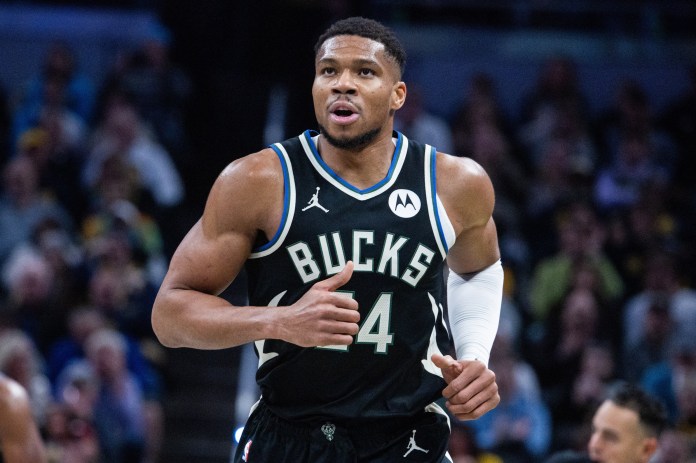
Pro Steve Makinen’s NBA Betting Trends and Best Bets for Wednesday, December 31
December 31, 2025
Today’s NBA Betting Trends The following NBA betting trends are a collection of analytical data, betting systems and strength ratings featured on VSiN and qualified...

Pro NBA Player Prop Picks Today: Top Prop Bets for Wednesday, December 31
December 31, 2025
Player props have become one of the NBA’s most entertaining ways to bet, offering value beyond the standard spread or total. Each night, this column...

Pro NBA Picks & Predictions Today (Dec. 31): Best Bets on Sides & Totals
December 31, 2025
Every night of the 2025-26 NBA season gives us a fresh set of games and numbers to pick apart. This daily column digs into the...

Nikola Jokic Knee Injury Shakes Up NBA Betting Markets: MVP Odds Take a Hit
December 30, 2025
On Monday, December 29, Denver Nuggets superstar Nikola Jokic went down with a left knee injury in a loss to the Miami Heat. Jokic, who...

Pro Steve Makinen’s NBA Betting Trends and Best Bets for Tuesday, December 30
December 30, 2025
Today’s NBA Betting Trends The following NBA betting trends are a collection of analytical data, betting systems and strength ratings featured on VSiN and qualified...

Pro NBA Predictions Today: Best Bets and Player Props for Tuesday, December 30
December 30, 2025
The NBA slate for Tuesday, December 30 only features four games. Normally I’d break down a slate like this with two separate articles, but I...
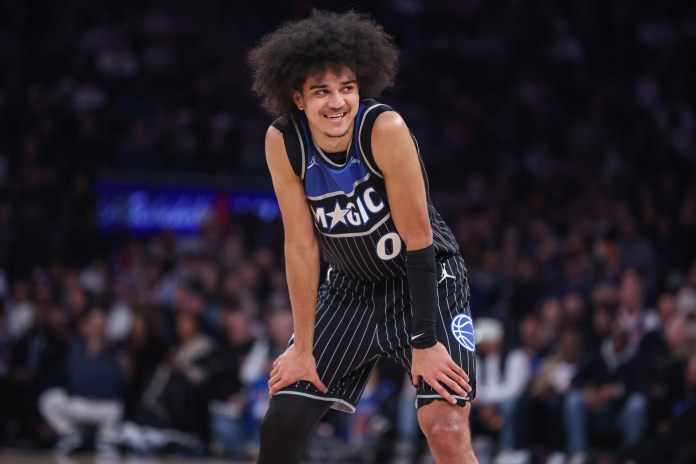
Pro NBA Player Prop Picks Today: Top Prop Bets for Monday, December 29
December 29, 2025
Player props have become one of the NBA’s most entertaining ways to bet, offering value beyond the standard spread or total. Each night, this column...
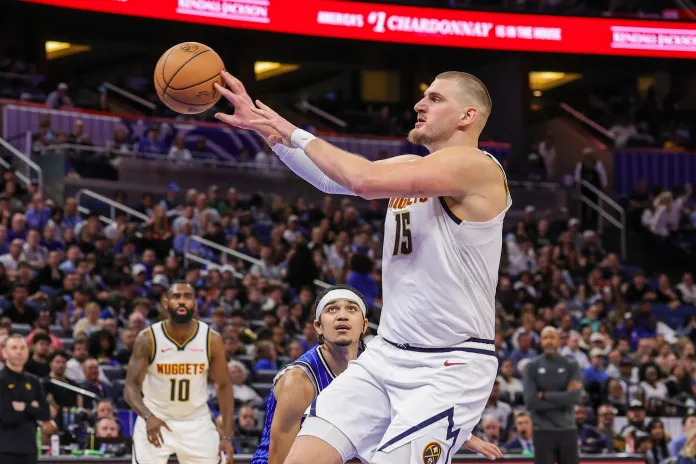
Pro Steve Makinen’s NBA Betting Trends and Best Bets for Monday, December 29
December 29, 2025
Today’s NBA Betting Trends The following NBA betting trends are a collection of analytical data, betting systems and strength ratings featured on VSiN and qualified...

